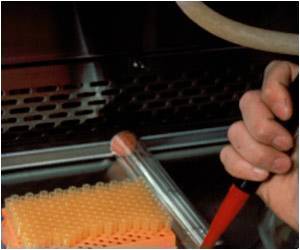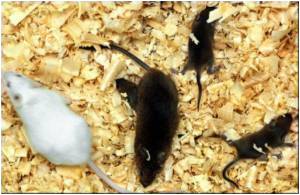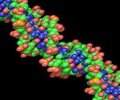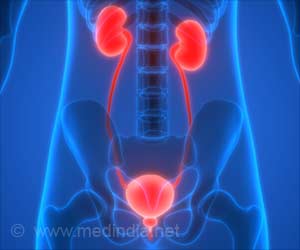The infectious pathogens that cause Mad Cow Disease and Creutzfeldt-Jakob disease are prion proteins.
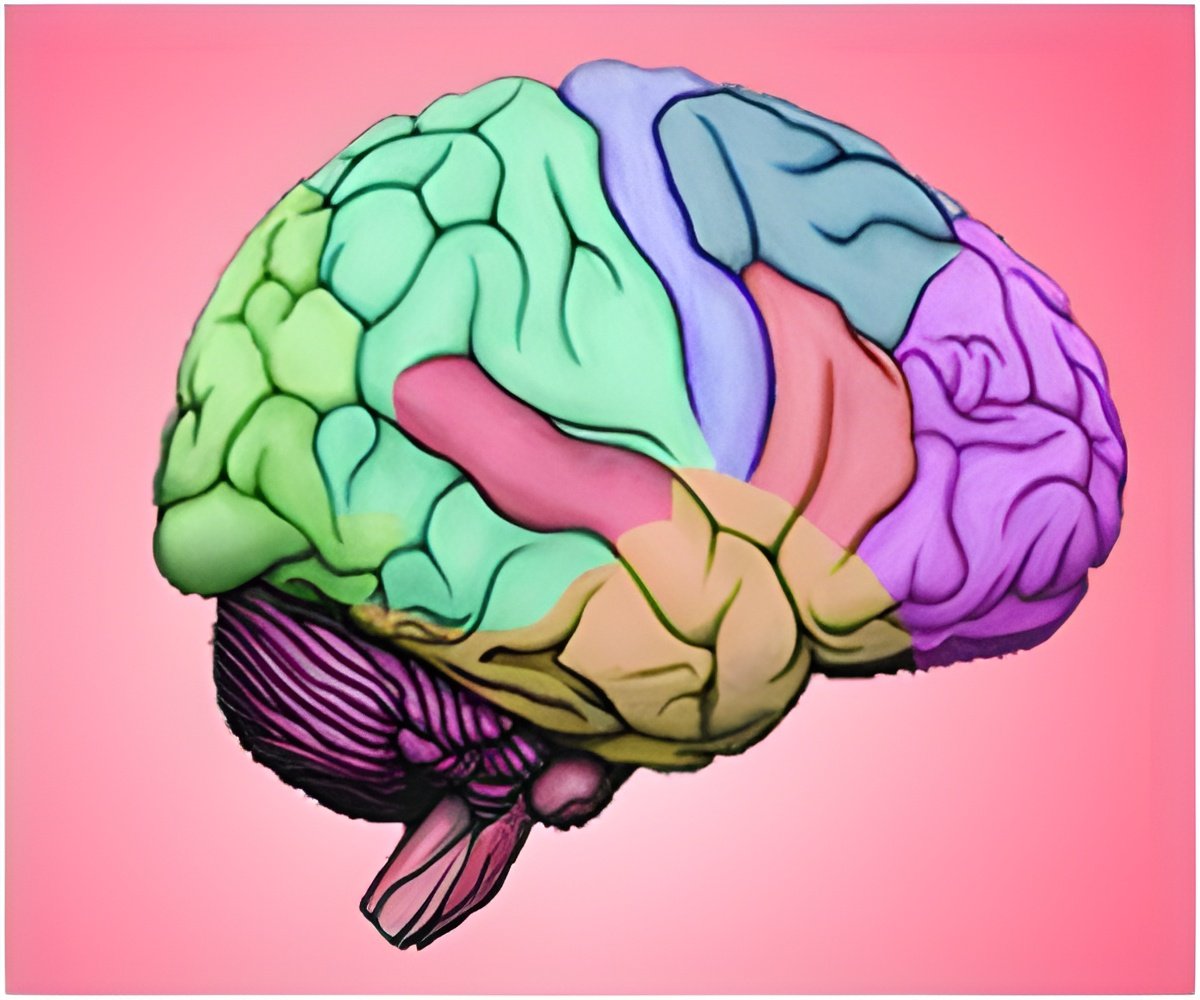
Flexible tail induces cell death
In the current edition of Nature, the scientists demonstrate that the prion protein molecule comprises two functionally distinct parts: a globular domain, which is tethered to the cell membrane, and a long and unstructured tail. Under normal conditions, this tail is very important in order to maintain the functioning of nerve cells. By contrast, in the case of a prion infection the pathogenic prion protein interacts with the globular part and the tail causes cell death – this is the hypothesis put forward by the researchers.
Aguzzi and his team tested this by generating mimetic antibodies in tissue sections from the cerebellum of mice which have a similar toxicity to that of a prion infection. The researchers found that these antibodies tripped the switch of the prion protein. Prion proteins with a trimmed version of the flexible tail can, however, no longer damage the brain cells, even if their switch has been recognized by antibodies, explains Adriano Aguzzi. This flexible tail is responsible for causing cell death. If the tail is bound and made inaccessible using a further antibody, activation of the switch can likewise no longer trigger cell death.
Our discovery has far-reaching consequences for understanding prion diseases, says Aguzzi. The findings reveal that only those antibodies that target the prion protein tail are suitable for use as potential drugs. By contrast, antibodies that trip the switch of the prion are very harmful and dangerous.
Source-Eurekalert

